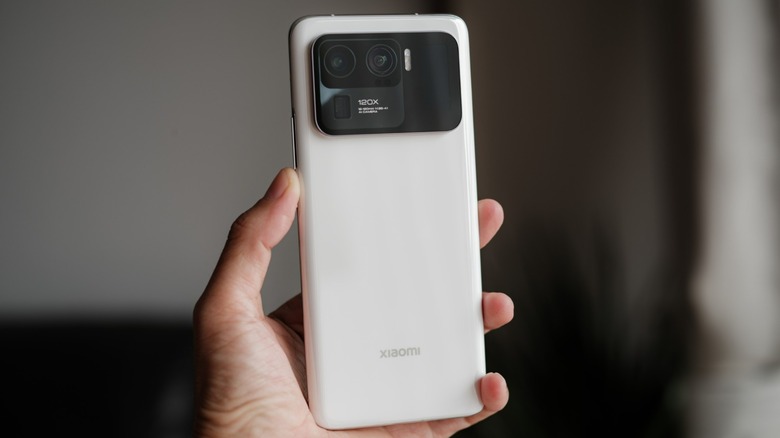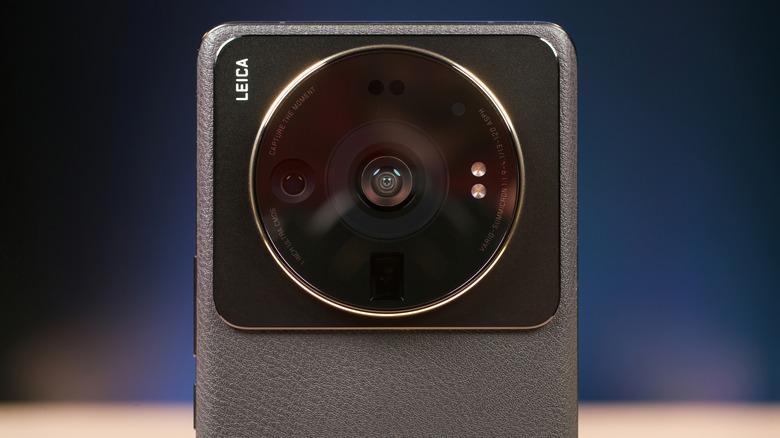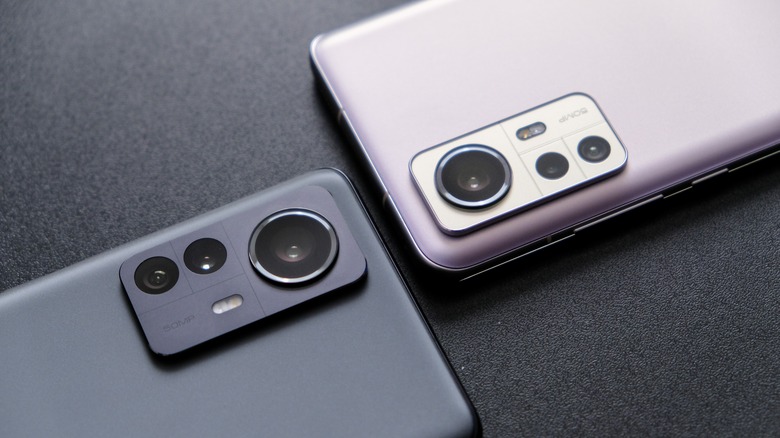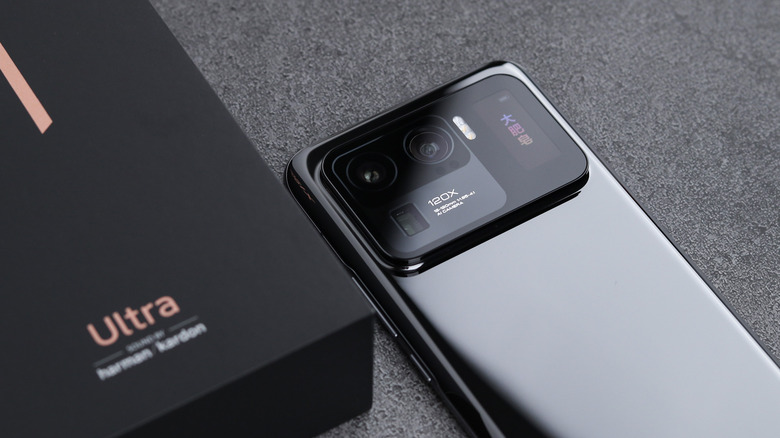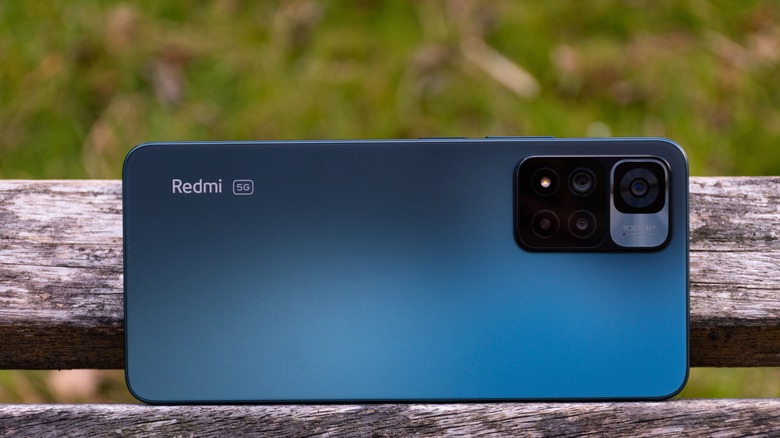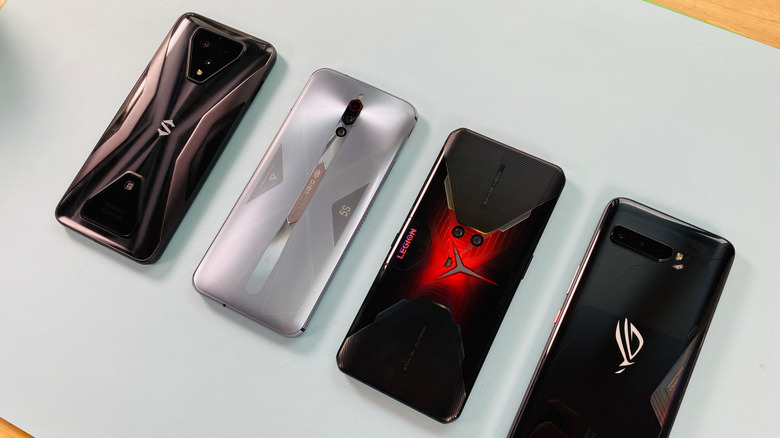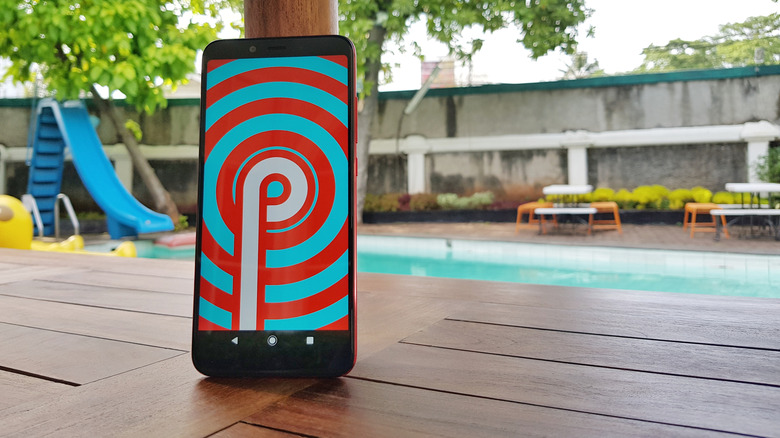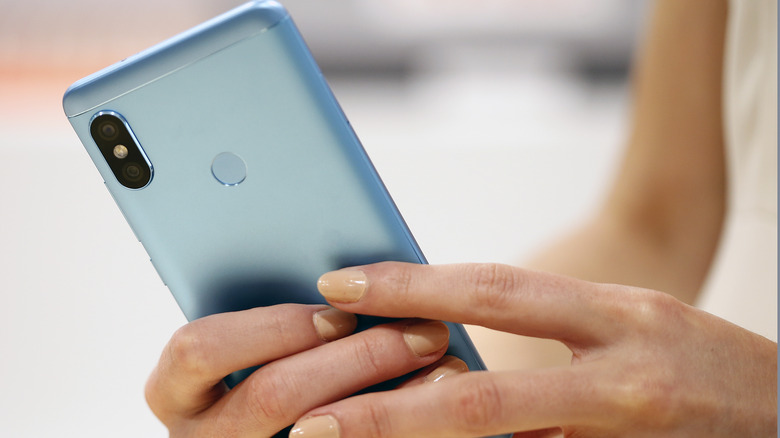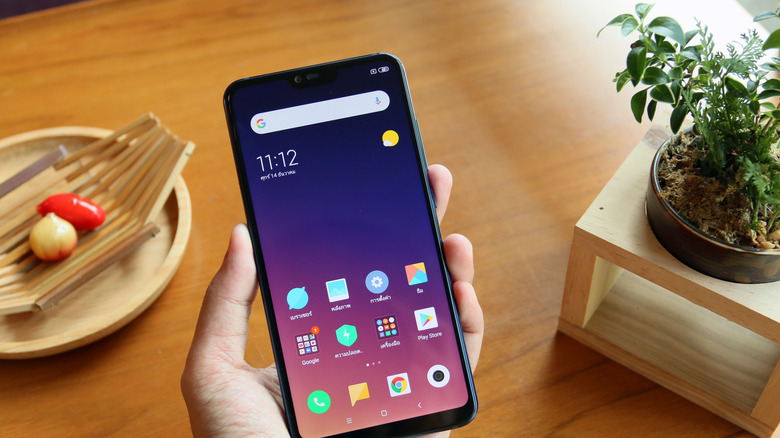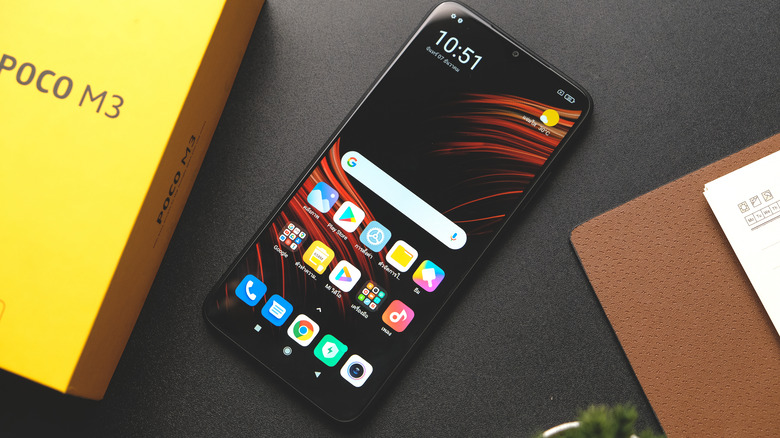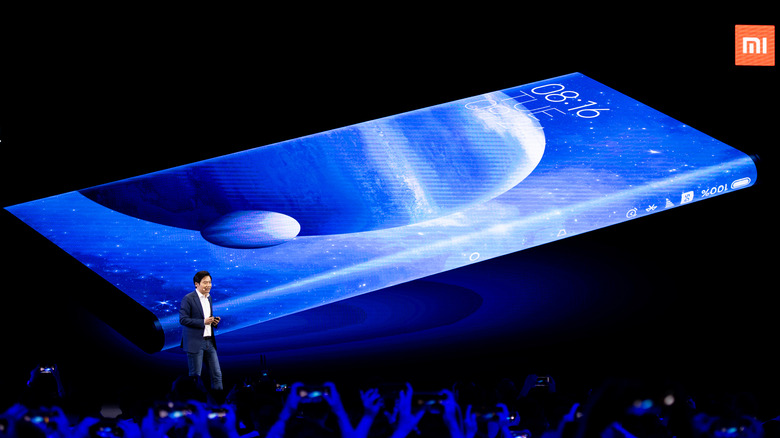The 5 Best And 5 Worst Xiaomi Phones Of All Time
The smartphone maker Xiaomi currently ranks as the third largest phone company by market share, behind Samsung and Apple. Founded in 2010, Xiaomi grew from an obscure brand to a major competitor in only a decade. From releasing phones in every price category to establishing sub-brands like Redmi and POCO, the company has met customers at every level.
At the moment, the 12S Ultra and Mi 11 Ultra are among the most premium flagships in the world, the Redmi Note 11 Series are targets for millions of midrange smartphone users, and the Black Shark 5 aims squarely at the gaming phone crowd.
The story is not all positive, however. Xiaomi's Mi A2 and Redmi Note 2 were plagued by serious malfunctions, giving users much to complain about. Some of Xiaomi's efforts to provide flagship features on low-budget phones, as with the POCO M3, did not go as planned. And the Mi Mix Alpha smartphone concept was just not well thought-out. Xiaomi is certainly learning from its mistakes, as it strives to improve its smartphones while succeeding with other electronic gadgets.
Xiaomi 12S Ultra - Best
As might be expected, the best Xiaomi phone currently on the market is its latest flagship. Launched in July 2022, the 12S Ultra is Xiaomi at its absolute best. The smartphone features a 6.73-inch, 1440p AMOLED display with 120Hz refresh rate, a Qualcomm Snapdragon 8+ Gen 1 chipset running on an octa-core CPU, and a 4860mAh battery promising 50W wireless charging and 67W fast charging. The 12S Ultra also houses the world's largest smartphone camera.
But the 12S Ultra is not just Xiaomi's best smartphone. The device was built to be the best overall Android device, taking the Samsung Galaxy S22 Ultra head-on. Besides the 1-inch Sony IMX989 camera sensor enhanced by Leica technology, the 12S Ultra ships with two other 48MP sensors on the rear and a 32MP camera on the front. Other features include an under-display optical fingerprint sensor, a screen-to-body ratio of 89%, and up to 12GB of RAM and 512GB of internal storage.
But that's where the good news ends. For all the excitement that the 12S Ultra brings, it's unfortunate that most of the world will not have access to it: the phone is being sold in China only. And the same applies to the other two phones in the Xiaomi 12S series, which are the Xiaomi 12S and 12S Pro. On a positive note, the company anticipates that next year's Xiaomi flagships — also set to house the Leica-Sony camera — will be available internationally.
Xiaomi 12 Pro - Best
Of the multiple Xiaomi options available to smartphone users outside China, the Xiaomi 12 Pro is clearly one of the best. The phone was launched on the last day of 2021, alongside the base-model Xiaomi 12. And to the delight of Xiaomi fans and other smartphone users, both phones were priced below $600.
The Xiaomi 12 Pro is certainly not short on impressive specifications, as it sports a 6.73-inch, 1440p display, a Qualcomm Snapdragon 8 Gen 1 chip, and a 4600mAh battery allowing for 120W fast charging. The smaller Xiaomi 12 features a 6.28-inch, 1080p AMOLED display, a similar Snapdragon 8 Gen 1 chipset, and a 4500mAh battery.
Both phones are capable of reverse wireless charging, and they also share the same RAM and storage specifications, with 12GB of RAM and 256GB of internal storage at maximum. But the Xiaomi 12 Pro is superior to the 12 in many other areas, the most notable of which is the camera: while the basic Xiaomi 12 houses 50MP wide, 13MP ultrawide, and 5MP telephoto rear cameras, the 12 Pro ships with three 50MP cameras for more dynamic and higher-quality media.
Despite its bland design, the Xiaomi 12 series collected a staggering $300 million in sales and orders within the first five minutes of its launch (via NotebookCheck).
Xiaomi Mi 11 Ultra - Best
Xiaomi released the Mi 11 Ultra in April 2021, and as the "Ultra" moniker might already hint at, this flagship smartphone was the Samsung contender of its time. From its outward design with a humongous camera bump to its top-tier internal specs, the Mi 11 Ultra was built to challenge even the best smartphones that would come three years after its release.
The Xiaomi Mi 11 Ultra features a 6.81-inch AMOLED display, capped at 1440p and protected by Corning Gorilla Glass Victus. It also houses a massive 5000 mAh battery, with 67W of wireless charging and 67W of wired fast charging (tagged Quick Charge 4+). The Mi 11 Ultra is most distinguished by being the first smartphone to launch with the Snapdragon 888 processor (via Engadget). Other specifications include a triple rear camera set-up consisting of 50MP main, 48MP telephoto, and 48MP ultrawide cameras; a 20MP wide front camera; 8GB or 12GB of RAM; and 256GB or 512GB of internal storage depending on a user's preferences.
Launched concurrently with the Mi 11 Ultra was the Mi 11 Pro, which has almost exactly the same features as the Ultra, except for the camera and base storage. Despite the similarities between these phones and the perhaps confusing nature of the Mi smartphone names, users were not the least deterred from shopping for Xiaomi phones. Quite the opposite: in August 2021, Xiaomi edged out Apple and Samsung to become the number-one smartphone brand in the world by sales.
Redmi Note 11 Pro+ 5G - Best
Xiaomi has been pushing its weight in the midrange category through its Redmi and POCO sub-brands. And the Redmi Note 11 Pro+ 5G is currently Xiaomi's finest product in that market. Released in November 2021, this device further emphasizes two areas of Xiaomi's smartphone play: its support for 5G technology, and its commitment to providing midrange smartphone users with the best features for their finances.
The Redmi Note 11 Pro+ 5G shipped with a 6.67 inch, 1080p Super AMOLED display, 4500mAh of battery life with 120W HyperCharge quick charging, a MediaTek Dimensity 920 chipset, and a triple rear camera setup with a 108MP main sensor. It's clear that the Note 11 Pro+ 5G does not compare with Xiaomi's flagship phones, especially as it houses a MediaTek chip as against the Snapdragon in the flagships. But there's no reason why it should: going for less than $350 in price, it offers top-tier usage for its budget.
In terms of confusing nomenclature, though, the Redmi Note 11 Series phones are perhaps the most disorienting in Xiaomi's lineup. Besides the Redmi Note 11 Pro+ 5G and the Note 11, there are also the Redmi Note 11 Pro (without a plus), Note 11R, Note 11S, Note 11SE, Note 11T Pro, and Note 11T 5G — all of which pack interesting features and offer a great experience. Some are available in only certain markets, but they all symbolize Xiaomi's keenness to have their smartphones in every store.
Black Shark 5 Pro - Best
Xiaomi's efforts at dominance have not been limited to the flagship, mid-range, and low-budget categories. The company is also penetrating niche markets, one of which is the gaming smartphone space. The brand's latest and best in this category is the Black Shark 5 Pro, which is a significant upgrade from the 2021-launched Black Shark 4 series.
The Xiaomi Black Shark 5 Pro was released in April 2022, together with the Black Shark 5. It features a 6.67 inch, 1080p always-on display, runs on a Qualcomm SM8450 Snapdragon 8 Gen 1 chipset, and houses a 4650mAh battery with 120W charging. To support high-level smartphone gaming, the phone offers up to 16GB of RAM and 512GB of storage, in addition to internal thermals designed for rapid cooling. It also has three rear cameras — including a 108MP main camera, 13MP ultrawide camera, and a 5MP telephoto camera — and so its owners will find that it can do more than just play games.
Users who have a smaller budget might opt for the Black Shark 5, which goes for $469 as against the $719 required for the Pro variant. The Black Shark 5 also features a 6.67 inch AMOLED display with 4650mAh battery life, but its chipset is the Snapdragon 870 5G which is an older version compared to the Snapdragon 8 Gen 1. In addition, it offers 12GB of RAM and 256GB of internal storage at maximum, a 64MP main camera on the rear, and a 16MP front camera with HDR support.
Xiaomi Mi A2 - Worst
A major reason behind Xiaomi's rapid rise to industry dominance was its obsession with feature-packed smartphones for all market classes. One such phone was the Xiaomi Mi A2, released in July 2018 for a price starting at less than $300. Unfortunately, the Mi A2 suffered several instances of lagging, unresponsiveness, and sensor malfunction, based on multiple reports by users. And it perfectly illustrated the challenge of long-term compatibility among smartphone components.
The Mi A2 launched with a 5.99-inch, 1080p LCD display, 3000 mAh of battery life, and a 20MP+12MP dual rear camera arrangement with a 20MP selfie camera. Running on the Qualcomm Snapdragon 660 chipset, it offered up to 6GB of RAM and 128GB of internal storage. Based solely on its specifications and release year, the Mi A2 was an upgrade from the Mi A1. And while this did not work so well in Xiaomi's favor, they certainly learned from its faults and improved the future versions of the Mi A group.
Redmi Note 2 - Worst
Xiaomi released the Redmi Note 2 in 2015, a year when global smartphone usage was still on a steep increase. The 5.5-inch smartphone — now considered unbelievably small for a Note phone — featured a 1080p IPS LCD display, housed a 3060 mAh removable battery, and ran on a MediaTek Helio X10 chip. With a single 13MP rear camera and 5MP front camera, 2GB of RAM, and up to 32GB of internal storage, the Redmi Note 2 is not just a throwback to old smartphones but a reminder of how far the world has come with smartphone innovation in less than 10 years.
Unfortunately, the phone's appeal was rather short-lived. The Redmi Note 2 had two major problems: abrupt freezing and a weak battery. In addition, users experienced issues with overheating, app permissions, and data loss. It's safe to say that the now-discontinued phone was a major part of Xiaomi's growing pains as a smartphone brand.
Xiaomi Mi 8 - Worst
The Xiaomi Mi 8 series features the base-variant Mi 8, the Mi 8 Lite, the Mi 8 SE, the Mi 8 Explorer edition, and the Mi 8 Pro. While these phones have a lot in common, the most discussed feature was their resemblance to the iPhone X. This is also why the Mi 8 series, though successful, was perhaps a bad idea for Xiaomi. Further compounding the situation was the fact that the Mi 8 was only available in China at its first release.
The 2018-released Xiaomi Mi 8 combines a 6.21-inch, 1080p Super AMOLED Display with a Snapdragon 845 chipset. It's powered by a 3400 mAh lithium-polymer battery with 18W wired charging and has both Face ID and fingerprint sensors. With a maximum of 6GB of RAM and 256GB of internal storage on offer, the Mi 8 also comes with a 12MP+12MP dual rear camera setup and a 20MP front camera. As is customary with Xiaomi, the feature-packed phone started at a low price: less than $500.
Dubbed the "iPhone of Android," the Xiaomi Mi 8 undeniably excelled in sales, recording a million units sold in less than three weeks. But the smartphone reflected a lack of identity in the Xiaomi brand. In fact, there have been speculations that its sales success was not because it was a Xiaomi product, but because it was a cheap iPhone clone produced by a well-known company. Certainly not a mark of success for the smartphone maker.
POCO M3 - Worst
A product of Xiaomi's sub-brand POCO, the POCO M3 launched in November 2020 with mouth-watering specs at its price point. For $179, users were getting a 6.53-inch, 1080p LCD display, a Qualcomm Snapdragon 662 chip on an octa-core CPU, a whopping 6000mAh of battery life, a 48MP camera, and up to 6GB of RAM, and 128GB of internal storage. The sales numbers certainly tell their story: 70,000 units were sold in the first 30 minutes.
But soon after it was released, the POCO M3 became a major topic of discussion on online platforms as the phone started turning off and refusing to turn back on. Notably, this occurred when users tried to upgrade from MIUI 12, which the smartphone originally shipped with, to the latest MIUI version at the time. Apparently, the problem lay in the phone's firmware, as it did not support such upgrades. But by the time a solution was publicized, several POCO M3 users had already fallen prey to the bricking problem and had no choice but to factory reset their phones — or, even more dangerous, heat up a chip inside the phone.
Xiaomi Mi Mix Alpha - Worst
While Xiaomi's most faulty phones are usually found in the low-budget and midrange categories, the flagship-level Mi Mix Alpha takes its place on this list. At first glance, this phone comes off as a gadget every smartphone user would love to have. It was designed with a wraparound screen and a camera strip at the rear, and the functionality of the phone's software was to support this novel screen type. But after repeated promises of an eventual release by Xiaomi, the Mi Mix Alpha failed, for one major reason: it could not be used as a daily driver.
First announced in 2019, the Mi Mix Alpha featured a 7.92-inch, 2088p Flexible Super AMOLED display overall, a Qualcomm Snapdragon 855+ 7nm chipset, and a 4050 mAh battery. The singular camera set-up comprised a 108MP wide main camera, a 12MP telephoto camera, and a 20MP ultra-wide camera for taking both selfies and normal shots. With up to 12GB of RAM and 512GB of internal storage, the device appeared to offer a level of smoothness that was jaw-dropping for its time.
The Mi Mix Alpha has since been effectively canceled, but one is left to wonder what could have become of the model. Only time will tell whether it will re-emerge in Xiaomi's lineup, demonstrate brilliant use cases for a smartphone entirely covered in screen, and thus rekindle interest in that line of phones.
